
Transitioning Your Laundry: What May Happen When You Switch to Natuary
Transitioning to the Natuary laundry line isn't just about switching brands, it's about changing chemistry. Over time, invisible residues from detergents and softeners build up layers on your fabrics. This often means leftover film that traps odor and dulls fabric.
Natuary’s formula not only cleans your laundry, but can also remove that built-up residue and restore a true clean. When you switch to our comprehensive cleaning formula, your fabrics finally get the deep clean they deserve. This process can introduce a powerful, temporary reset for your clothes and your machine.
Here is your guide to navigating the Natuary Reset; why it may happen, what you might notice, and how to smooth the transition.

The Residue Problem: Why The Switch Matters
Over years of washing, fabrics and washing machines may have collected layers from common detergent additives. This happens not only with conventional detergents that rely on petrochemical surfactants and coatings, but also with many clean-living, minimal formulas; whether they are simple plant-based liquids, high alkalinity powders or soap-based recipes.
This is because of what we call Green Gap in laundry chemistry. While these formulas succeed in eliminating harsh ingredients, they are often incomplete, built without the specific technical components required to handle a complete wash cycle of everyday laundry.
The result is a mixture of trapped soil, body oils, hard water minerals and detergent components on the fabric. This long-term build-up is why so many conscious consumers are accustomed to “stripping” their laundry because the detergent hasn’t been finishing the job.
The Green Gap: What May Be Missing in Simple Formulas
-
Water Hardness Control (Chelation): Simple formulas often lack agents to neutralize minerals like calcium and magnesium found in hard water. These minerals react with dirt and soap to form a stubborn, dulling film.
- Natuary's Solution: We use Tetrasodium glutamate diacetate, which safely binds those metal ions, preventing them from depositing on your clothes.
-
Anti-Redeposition: Once soil is lifted from the fabric, it must be kept suspended in the water until it rinses out. Without a strong anti-redeposition agent, the dirt simply settles back onto the fabric, causing graying and stiffness.
- Natuary's Solution: We use a Modified polysaccharide: a readily biodegradable, plant-based anti-redeposition agent sourced from starches or cellulose. It forms a protective barrier around the soil particles, ensuring they are carried out with the wash water.
-
Optimized Surfactant System: Sometimes there are not enough surfactants in these formulas that can handle the diversity of spills and soils (oils, protein, particulate) found in a typical load.
- Natuary's Solution: We use full-spectrum cleaning system of five balanced plant-based surfactants to effectively lift and emulsify every type of soil. This blend includes gentle Glucosides (Decyl and Lauryl Glucoside), powerful oil-removers (Sodium Lauroyl Sarcosinate), and stabilizing Oxides (Lauramine and Myristamine Oxide). This comprehensive blend ensures cleaning across different soil and water conditions.
-
Targeted Odor Neutralizing: Minimal formulas often rely on adding fragrance, essential oils or otherwise, along with incomplete washing to ensure the added scent is left behind. This also leaves volatile odor molecules embedded (in addition to the odor) in the fibers to resurface later.
- Natuary's Solution: We include Zinc Ricinoleate, which chemically traps and neutralizes odor molecules (like those containing sulfur and nitrogen) instead of just masking them.
-
Complete Enzyme Support: Many minimal formulas minimize or omit the full enzyme blend needed to break down complex stains and embedded residue.
- Natuary's Solution: We include a comprehensive five-enzyme blend (Lipase, Protease, Amylase, Cellulase, Urease) to break down the chemical bonds of all major stain and residue types.
When Natuary's comprehensive and advanced formula goes to work, the combination of our specialized ingredients allows the dirt and old residue to be fully dissolved, suspended, and rinse cleanly away. As that old buildup loosens, you might notice odors surfacing from deep in the fabric. A second wash usually clears them completely.
Conventional Ingredients That Cause Build-up
We designed Natuary to avoid common conventional ingredients notorious for leaving layers behind:
-
Cationic Softeners & Quats:
- Ingredients like quaternary ammonium compounds coat fibers to create a "soft" feel. They are notorious for locking body oils and odor deep within fabric, especially on towels and synthetics.
- Look for names like dipalmitoylethyl hydroxyethylmonium methosulfate, distearyldimonium chloride, or any ingredient ending in -monium chloride or -ethosulfate. These are the key active ingredients in most liquid fabric softeners and dryer sheets, intentionally designed to bond to your fabric and stay behind.
-
Polymers
- Certain polymers like polyacrylates or PEGs are designed to prevent redeposition. However, in low-water cycles or when too much detergent is used, they can leave behind thin, often sticky films that attract oils and odors over time. This layer makes your synthetics feel stiff and keeps them from truly breathing.
-
Alkaline Builders & Salts
- These ingredients are effective water softeners, but in powdered or low-water washes, they can sometimes leave behind chalky residue that dulls colors and makes fabrics feel rough.
- Look for ingredients like trisodium salts, sodium carbonate, or zeolites. They are commonly used in powdered detergents to soften water and boost cleaning, but they don't always dissolve fully or rinse cleanly.
-
Petrochemical Surfactants
- When not fully rinsed, these cleaning agents can leave behind a thin film that traps oils and odors.
- Look for ingredients like: linear alkylbenzene sulfonates (LABS), sodium dodecylbenzenesulfonate, or ethoxylated alcohol sulfates.
Spotlight: Why Some Fabrics React More
The "reset" is often most noticeable in certain types of laundry due to their structure and history of buildup:
- Synthetics (Activewear): Polyester, nylon, and spandex naturally hold onto body oils and bacteria more than cotton. These layers of funk and old residue are stripped away, making them most prone to smell during the transition.
-
Towels & Absorbents: They hold the heaviest concentration of old fabric softener coating in their loops. As Natuary strips this coating, towels may temporarily feel stiff, but they will soon regain true, superior absorbency.
How to Smooth the Transition
This reset is temporary. Once the old layers are gone, fabrics feel lighter, smell fresh, and perform better.
Start Here: Deep Clean Your Washing Machine
If you suspect your machine has buildup (a common issue!), start by running a cleaning cycle to give Natuary the best environment to work.
Run an empty, hot cycle using a full dose of Natuary Laundry Detergent Concentrate and a scoop of OxyBoost or baking soda in the drum. This helps remove detergent film and mineral residue from your washer drum and seals.
Next: Getting Your Laundry Truly Clean
- Focus on Synthetics: Wash activewear and microfiber separately. Add a scoop of OxyBoost to this wash to break down deeply set odor compounds and residual film in the fibers.
- Check the Dose: When measuring the detergent, for Standard Loads (HE machines) use 8ml (first line on the beaker) and for Extra Large, Heavily Soiled Loads or non-HE machines, use 16 ml (second line on the beaker)
- Check your Water Type: If you have soft water, you’ll need less detergent than the instructions. Too much of any detergent, including Natuary, can leave minor residues that feed odor-causing microbes.
- Ditch Fabric Softeners: Permanent coatings like quats or silicones counteract the work Natuary is doing to clear your fibers. Stop using them entirely; your clothes will feel truly soft once the residue is gone.
- Save Vinegar for the Rinse, or Skip It: While vinegar works beautifully in the rinse cycle as a natural softener, you will likely find there is no need for it with Natuary since our formula is so free-rinsing and works to remove odors effectively. If you must use it, do not use it in the wash cycle, as that acidity can blunt the enzyme activity in the wash.
- Rewash (Don't Dry) If Necessary: If an item still smells after washing, do not dry it. The heat will set the odor in. Run it through the wash cycle again to give the enzymes more time to break down older build-up.
The Long-Term Payoff
You’re not just cleaning your clothes; you are healing your fibers. Once those transition layers are purged, you’re left with:
- Fabrics that smell fresh, not fragranced
- Towels that actually absorb
- Activewear that breathes again
- Whites that shine without coatings
This is what it means to clean at the fiber level.
[Browse the Natuary Laundry System]



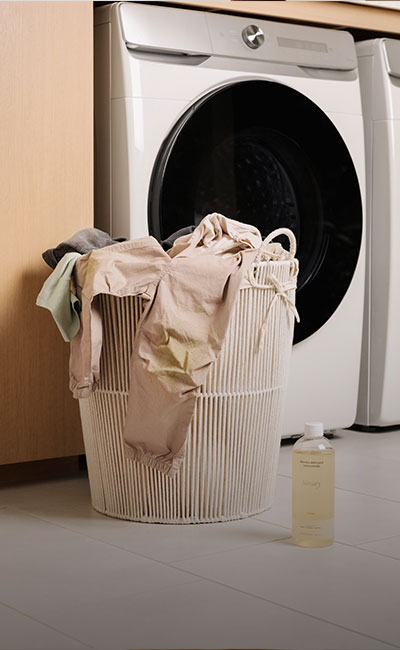
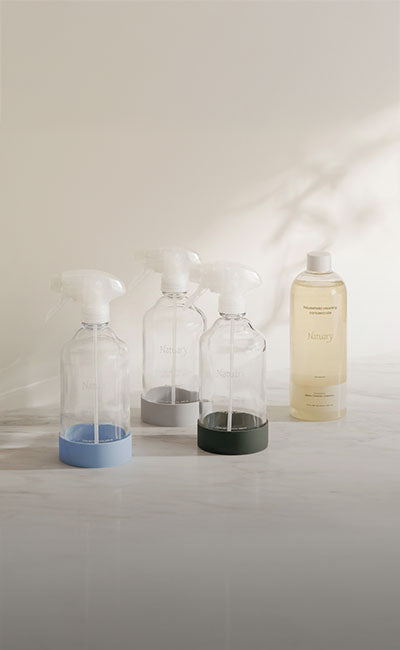
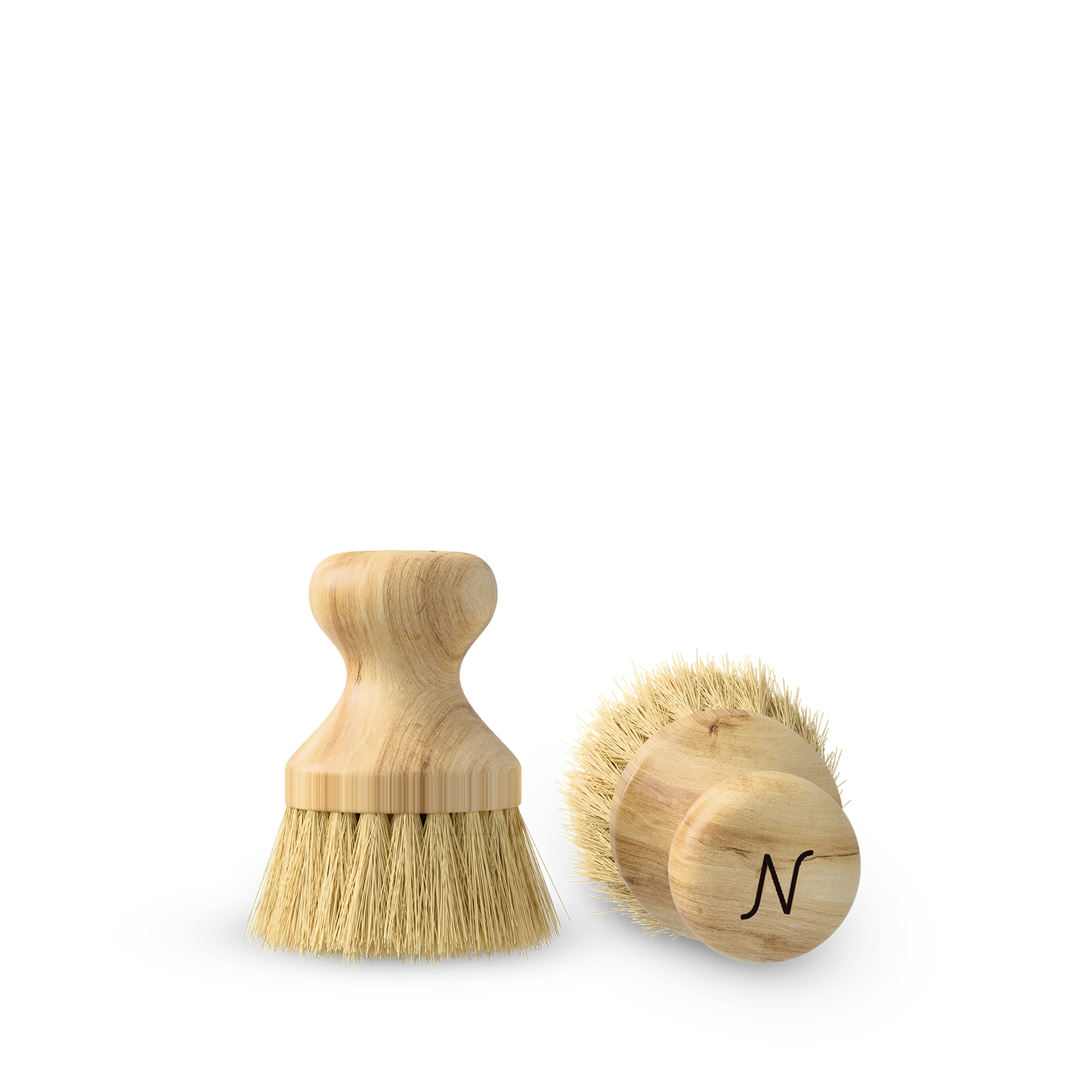
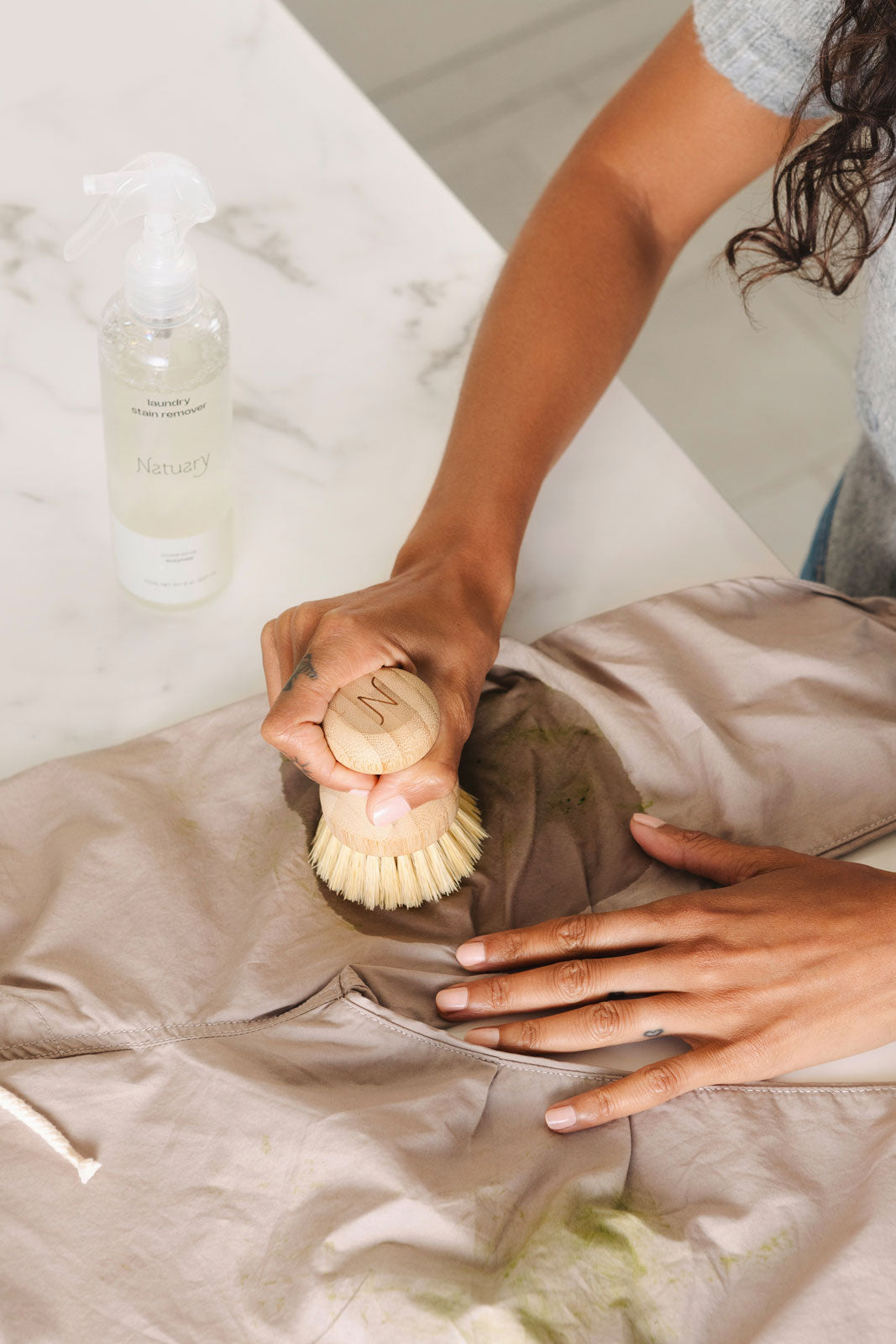
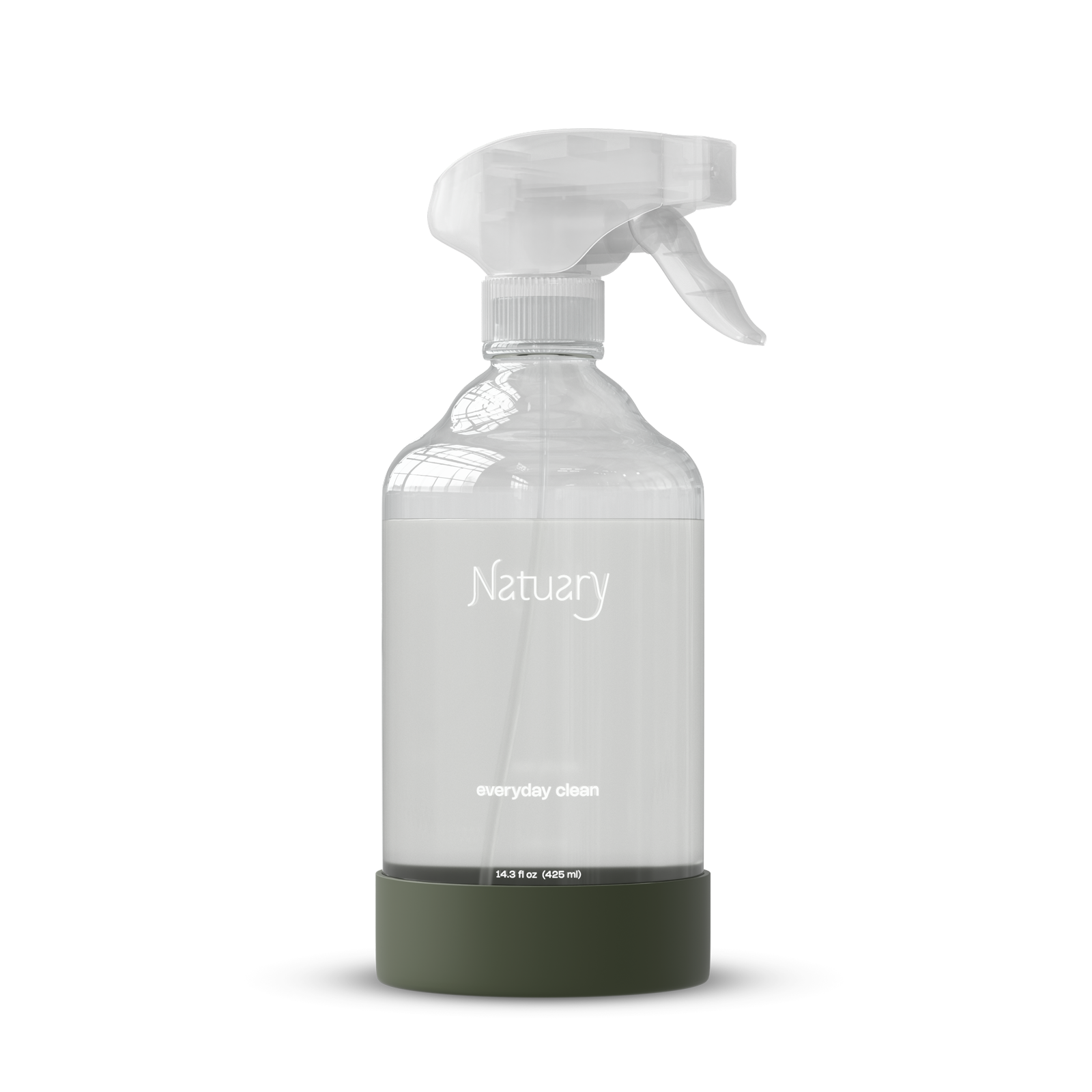
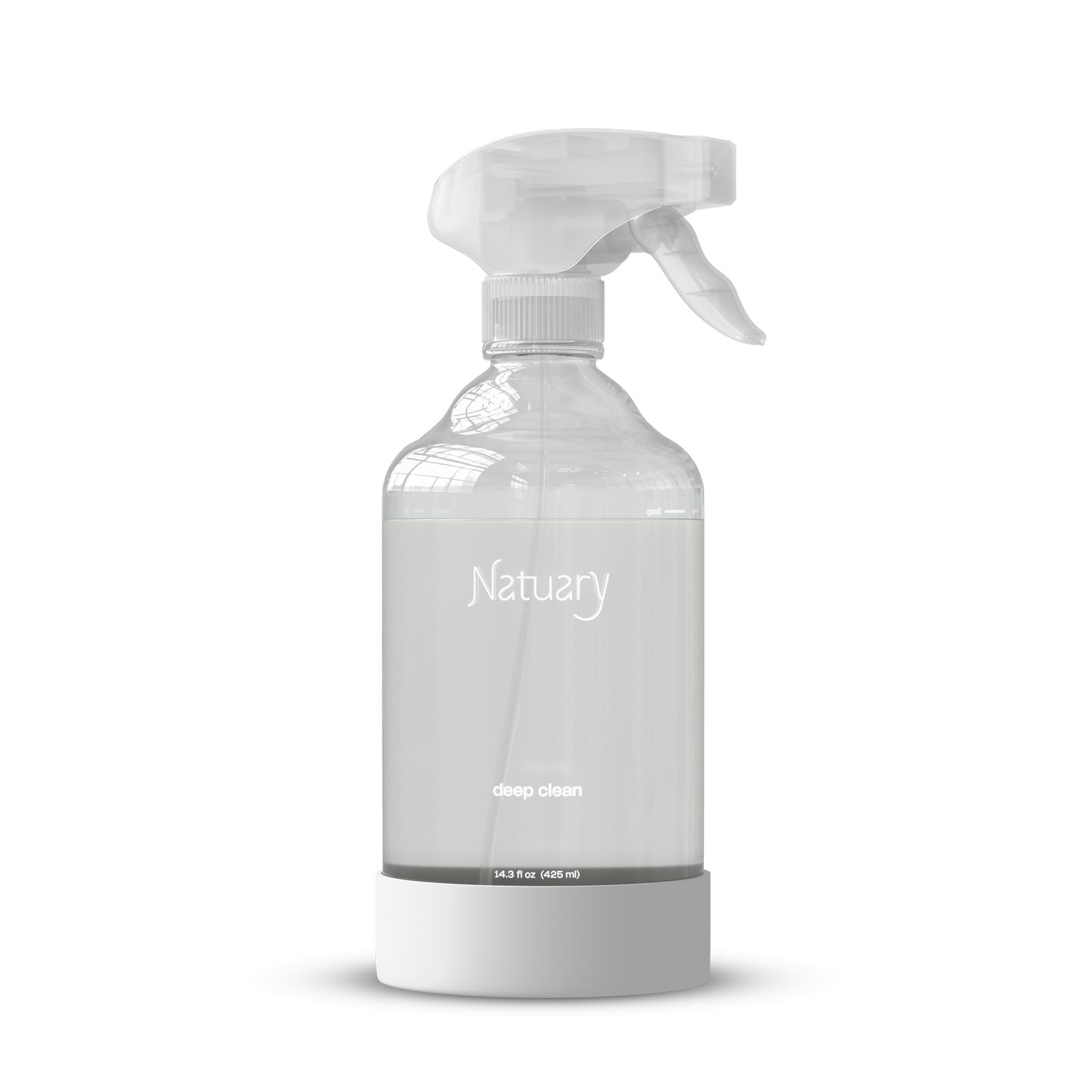
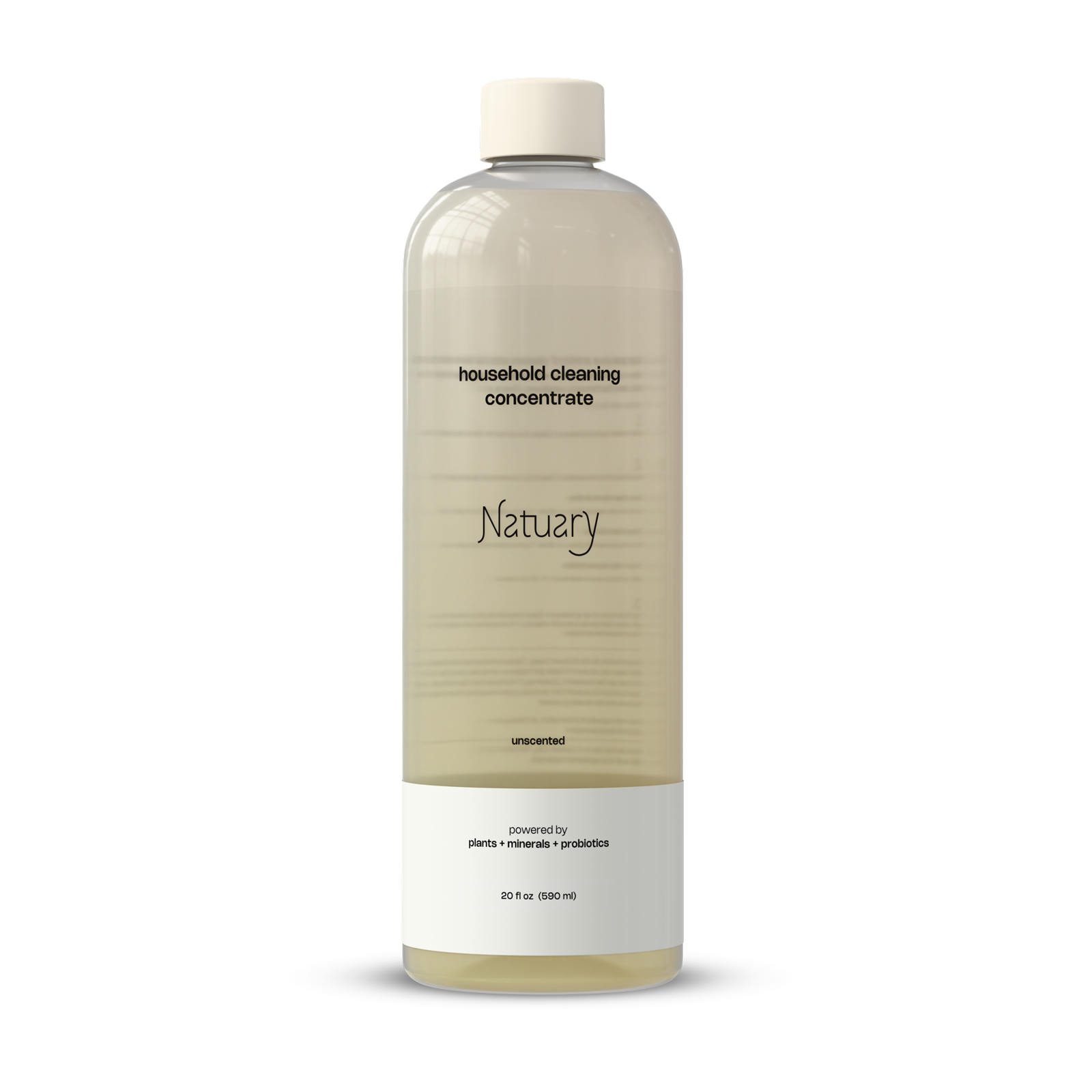
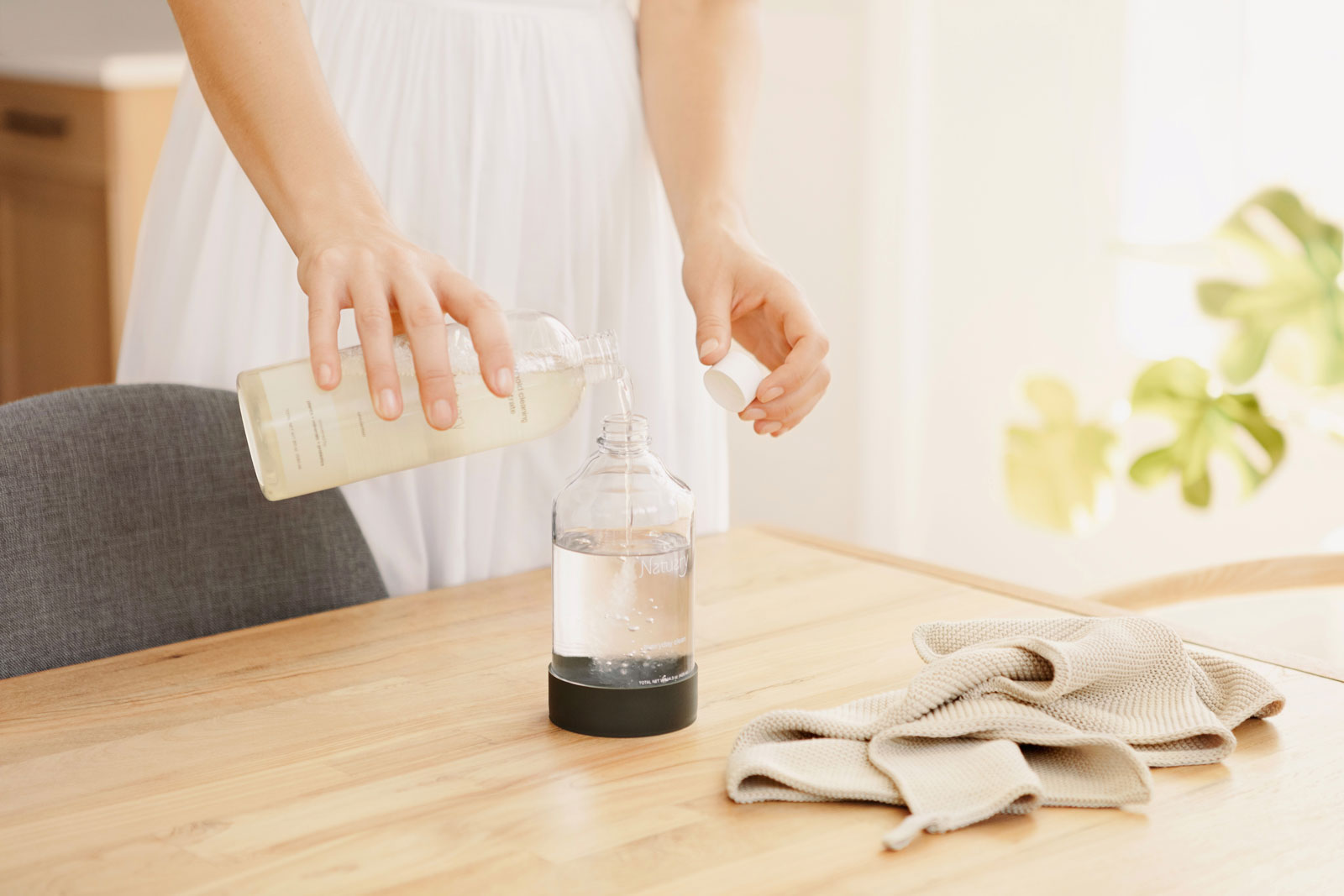
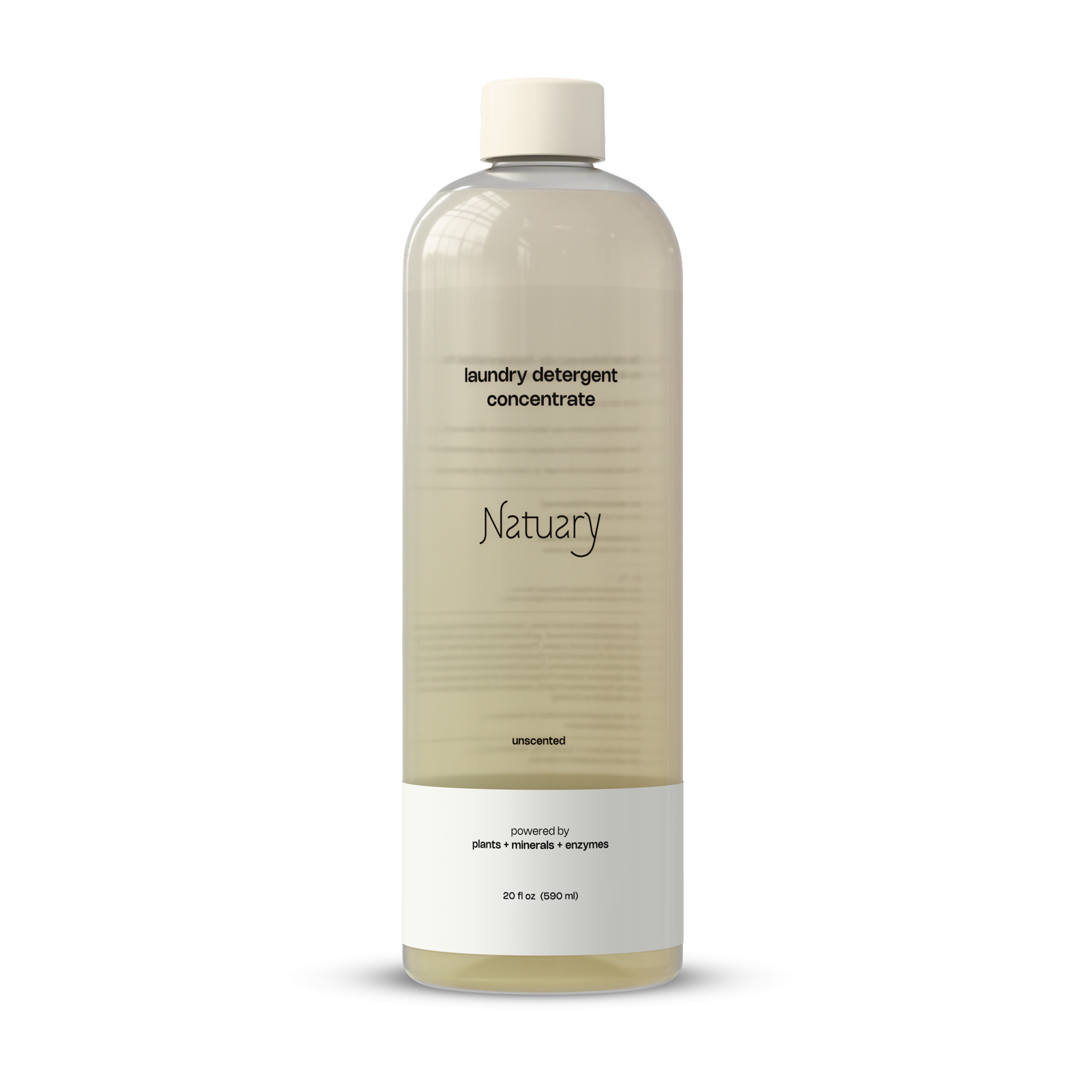
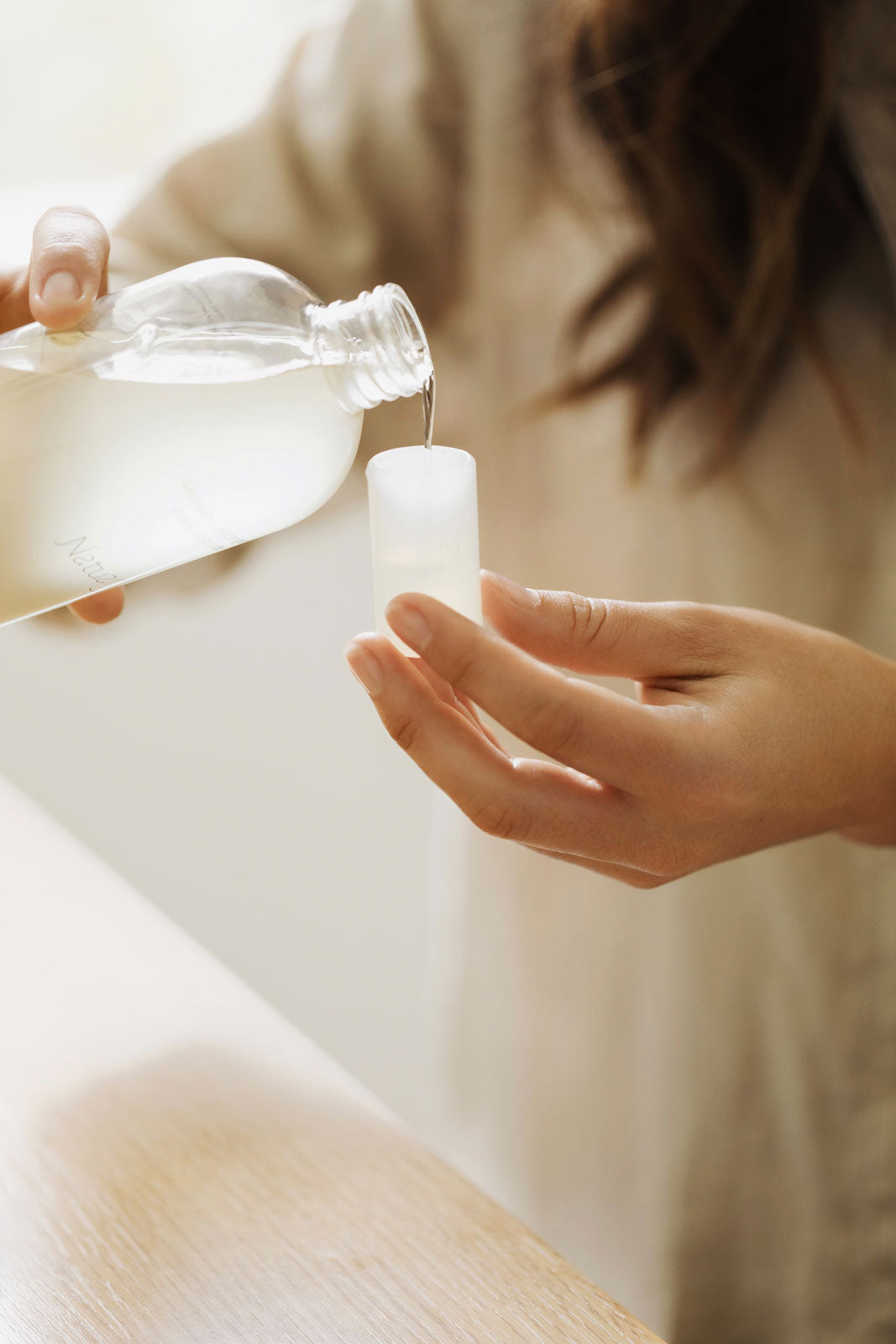
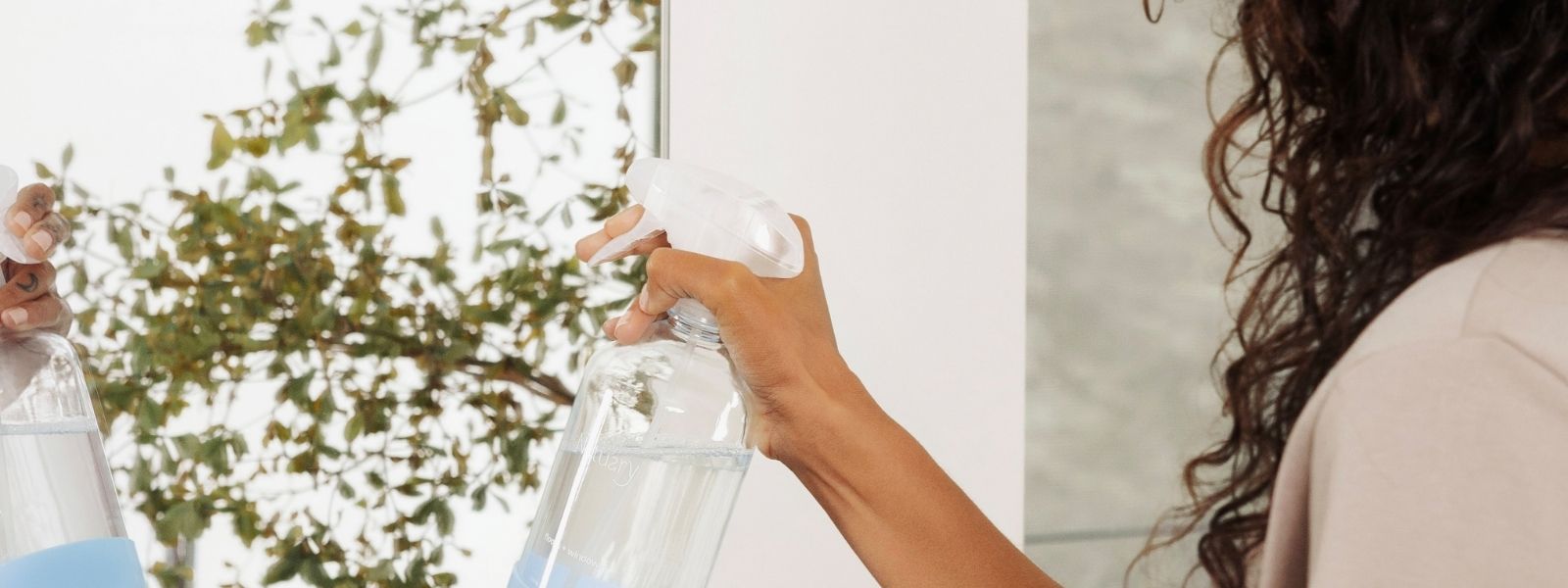

Leave a comment
This site is protected by hCaptcha and the hCaptcha Privacy Policy and Terms of Service apply.